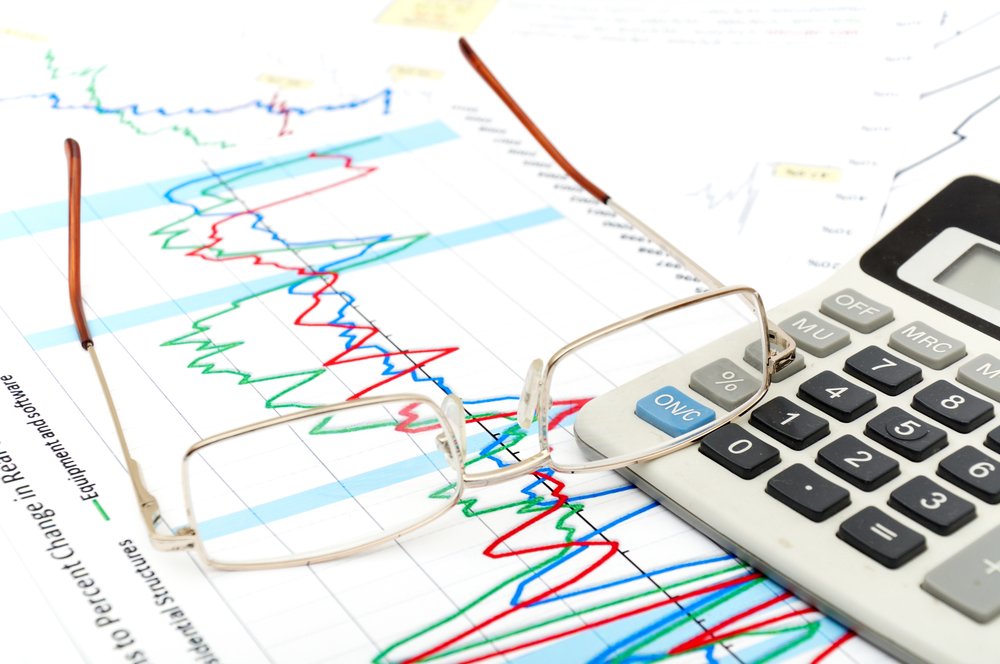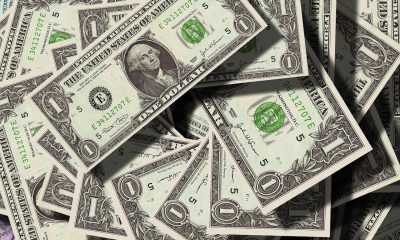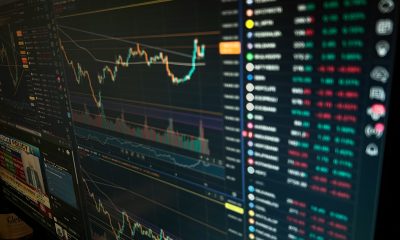Featured
What the world doesn’t need now is lower rates
The Q2 earnings season is upon us and the risks to the rally that started after the worst December on record at the close of last year is in serious jeopardy.

We received a glimpse of this with some of the current companies that have reported. For example, to understand how dangerous this earnings reporting season can be, take a look at what one of the largest US multinational firms had to say recently after it reported earnings. The Minnesota-based Fastenal, which is the largest fastener distributor in North America, reported worse-than-expected second-quarter earnings and revenue. Shares of Fastenal promptly tanked more than four percent. But what the management said about the quarter was very interesting. The company said in its press release that its strategy to raise prices to offset tariffs placed to date on products sourced from China were not sufficient to also counter general inflation in the marketplace.
In fact, companies that collect more than half their sales outside the U.S. are expected to see a 9.3 percent slump in second-quarter earnings, according to FactSet estimates. This quarter’s earnings overall are expected to drop by 2.3 percent—making it the second quarter in a row of declining EPS growth.
What I find most interesting is that we have a capital spending slowdown, a global manufacturing recession, global GDP grinding downward, US Q2 growth falling to about 1.5 percent from the 3 percent level seen last year, and an S&P 500 earnings recession. All of this is happening in the context of asset prices that are at all-time high valuations and are clinging precariously to a worldwide fixed income bubble that is destined to go supernova and obliterate asset prices.
I’ve gone on record indicating that the daggers for the bubble on Wall Street and the global bond market are inflation and recession. A recession would blow up the $5.4 trillion worth of BBB, Junk and Collateralized Loan markets; And rising rates of inflation would leave the entire fixed-income spectrum in tatters.
But what happens if you get both occurring at the same time? What if we see the return of stagflation? What if rates undergo a massive spike due to global central bank insanity and their inability to ever come even close to normalizing interest rates; and then you also have a recession that causes multiple trillions of dollars’ worth of bonds to default? The answer is, yields would soar like a surface to air missile from the currently insane level of low rates that could only make sense in the twilight zone.
How insanely-low are interest rates you ask? There are now Junk bonds in Europe that have a negative yield, Austria recently issued a one-hundred-year bond with a yield of just 1.2 percent. And, almost every single country in Northern Europe and the nation of Japan have sovereign bonds with a negative yield—some of which going out ten years in duration!
Therefore, because rates have been forced down by central banks to such an insane level, a gradual normalization that is fairly innocuous for markets is virtually impossible to occur. What is more probable is a violent interest rate shock like we have never before seen; especially if we end up in an environment of stagflation that causes yields to jump by 100s of bps very quickly and destroys the global equity markets with catastrophic expediency. Speaking about the insanity of low yields, the Treasury Department recently stated the deficit grew 23 percent from October 2018 through June, for a total Fiscal ’19 Deficit of $747 billion with one quarter of the year still left. Annual deficits near $1 trillion are happening outside of a recession. During an economic contraction, deficits should surge towards $2.5-$3 trillion.
The global bond market suffers from a plethora of insolvent corporations and sovereigns that are issuing debt with yields that offer less than zero percent. The day of reckoning may not be imminent, but you must be fully prepared for its eventuality. It is possible to profit from it, but if you don’t anticipate its occurrence, the economic consequences will be severe.
But central banks and governments are unconcerned about these asset bubbles. Incredibly, they are printing and borrow more money. To this end, we should all be aware that the Fed no longer has a dual mandate consisting of stable prices and full employment. The Fed’s primary concern is to try and levitate asset bubbles. After all, Trump says this is the best economy ever and even members of the FOMC assent that underlying growth is very strong. The unemployment rate is at a record low, and the CPI for all items less food and energy rose 2.1 percent over the last 12 months. So, core inflation is over the Fed’s asinine target, and the jobs market is very strong at this time; initial unemployment claims are at a 50-year low.
Why then would Powell indicate during his latest testimony before congress that a rate-cutting cycle will begin later this month? The truth is the economy is very fragile precisely because it has become 100 percent dependent upon perpetual asset bubbles. Powell became aware of this when stocks plunged in Q4 of last year and the Junk Bond market completely shut down. The truth is that Powell, and his merry band of counterfeiters, have become absolutely petrified about a recession because they know that it will implode the entire corporate bond market—turning an average run of the mill recession into a depression in short order.

Therefore, he will now run to the printing press at the slightest hint of a downturn. But the chances are high that a 25-basis point rate cut won’t be enough to bail out the global economy. Nor will several more like it do the trick. It should take 100s of bps and a return to QE to push prices higher.
Are we supposed to believe that central banks are going to make this all okay by easing monetary policy further from here? After all, they have already forced $13 trillion worth of sovereign debt below zero, and the European Central Bank and the Bank of Japan already have negative rates and have been at that level for years. And the Fed only has 225bps of rate cuts available, when it usually has needed 500bps or more.
Perhaps central bankers can manage to force a few more drinks down the hatch in order to delay the inevitable hangover. But that just makes the eventual collapse all the more severe.
(Featured image by DepositPhotos)
—
DISCLAIMER: This article expresses my own ideas and opinions. Any information I have shared are from sources that I believe to be reliable and accurate. I did not receive any financial compensation for writing this post, nor do I own any shares in any company I’ve mentioned. I encourage any reader to do their own diligent research first before making any investment decisions.

-

 Crowdfunding2 weeks ago
Crowdfunding2 weeks agoFlower Burger Launches Crowdfunding to Fuel Growth in Booming Plant-Based Market
-

 Business3 days ago
Business3 days agoTopRanked.io Weekly Affiliate Digest: What’s Hot in Affiliate Marketing [1xBet + FIFA World Cup]
-

 Business1 week ago
Business1 week agoThe TopRanked.io Weekly Digest: What’s Hot in Affiliate Marketing [K4G Affiliates Review]
-

 Crypto6 days ago
Crypto6 days agoTether Targets $500 Billion Valuation in Landmark Funding Push
























